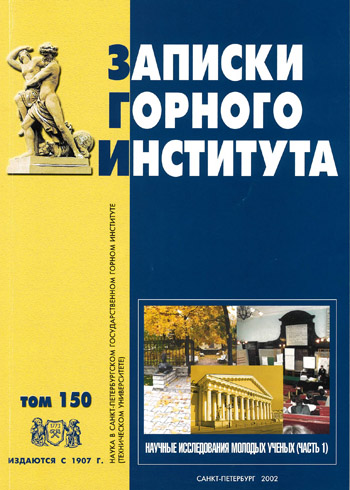Mineralogical and geochemical features and staging of Au-Sb-W mineralization of Verkhne-Yenashiminskoye ore cluster deposits (Yenisei Ridge, Siberia)
- 1 — Student, research assistant G.V. Plekhanov Saint Petersburg Mining University
- 2 — Student, research assistant G.V. Plekhanov Saint Petersburg Mining University
Abstract
Olimpiada, Oleniye and other gold-sulfide deposits are localized in terrigenous-carbonate rocks. The main ore minerals are arsenopyrite, pyrrhotite, antimonite, scheelite; rare minerals are wolframite, pyrite, bertierite, sphalerite, galena, chalcopyrite, tetrahedrite, jemsonite, gudmundite, coloradoite, zumoite, aurostibite, native gold and antimony. Gold in ores is present in three different forms: native (assay 910-997) in association with scheelite, pyrrhotite and arsenopyrite; chemically bound in arsenopyrite structure (up to 0.6 % by mass); aurostibite AiBg, coexisting with antimonite and Sb-sulfosoles. Ore elements are represented by the association (Au-As)i(Sb-Pb-Ag) at Olympiada and (Au-Ag-W)±Sb at Olenyi; their differences are due to variations in the mineral composition of ores: early gold-arsenopyrite and late silver-bearing sulfoantimonite with aurostibite (Olympiada); early gold-shelite-pyrrotite and late aurostibite-antimonite (Olenyi). The Au-Sb-W mineralization formed during the early rare-metal (quartz-wolframite, quartz-shelite-sulfide association) and later gold ore (gold-shelite-pyrrhotite, gold-arsenopyrite, polymetallic, gold-bertierite-antimonite, carbonate-fluorite-pyrite associations) phases.
